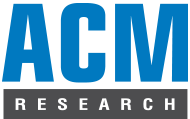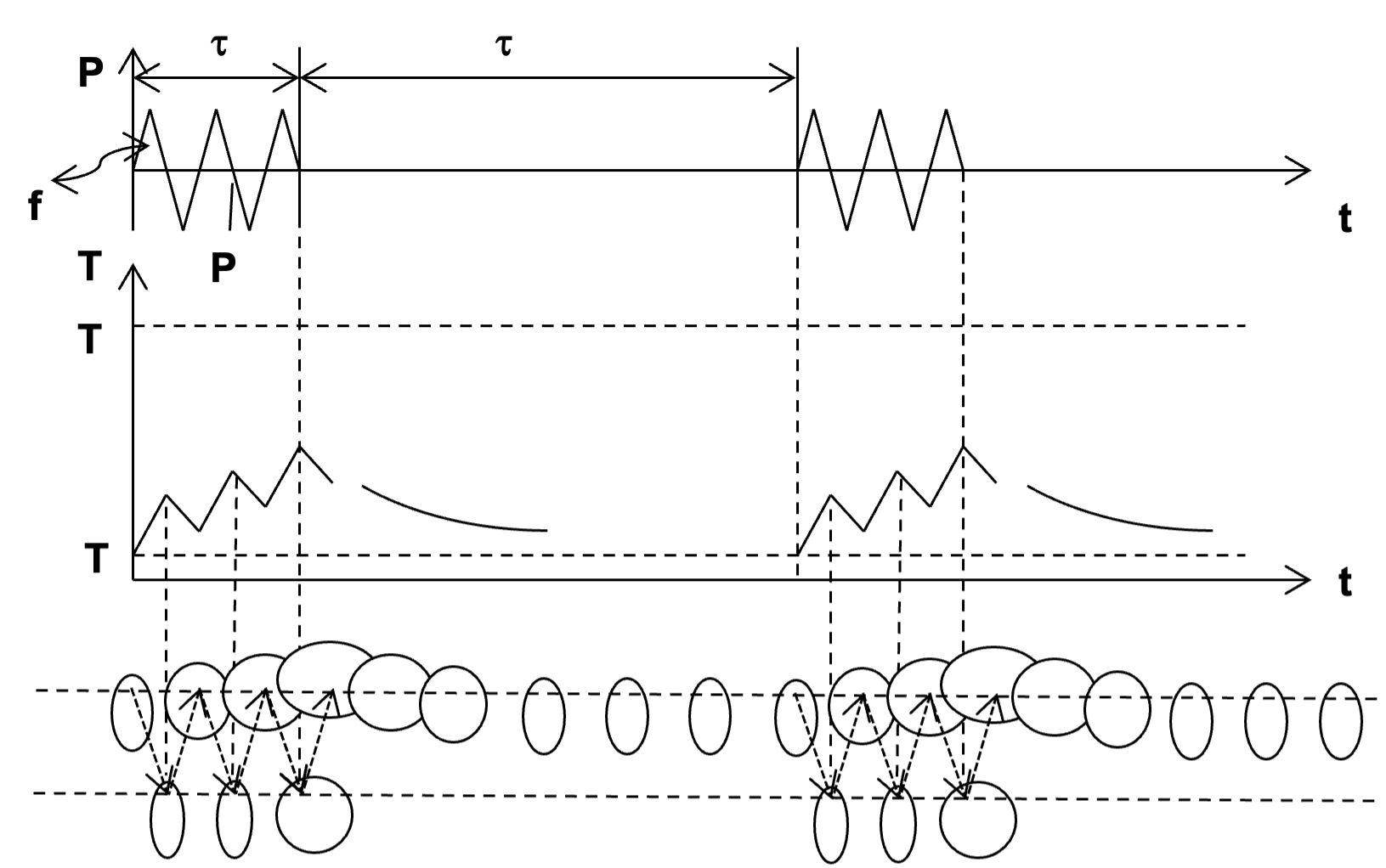Traditional megasonic cleaning combines high-frequency sound waves, typically in the range of 360 kHz to 2,000 kHz, with a liquid flow process to remove submicron particles from wafer surfaces. The fluid motion created by the high-frequency megasonics is intended to result in low substrate damage. However, conventional megasonic cleaning applications have reached practical limits because it cannot remove ultra-small killer defects without damaging today’s 14nm and smaller devices.
ACM Research developed its Smart Megasonix™ technology to address this challenge. Smart Megasonix comprises a suite of innovative single-wafer wet-cleaning technologies that can be used at existing and future process nodes across the range of processing steps. These proprietary technologies can achieve thorough, comprehensive cleaning evenly across the wafer and without damage to device features because they are able to precisely control both the power intensity and the distribution of megasonic cleaning.
For example, our Space Alternated Phase Shift (SAPS™) technology was developed to control the gap between the megasonic transducer and the flat or patterned wafer by moving the reflective power to ensure better dosage control. Essentially, it moves or tilts the transducer while the wafer rotates, allowing the megasonic energy to be delivered uniformly across all points on the wafer, regardless of wafer surface uniformity, and removing random defects more effectively and completely than conventional megasonic or jet-spray processes.
TEBO™ – The next generation
In the past, megasonic tools experienced transient cavitation: bubbles in the liquid that collapse. This can enhance the chemical effect of cleaning agents, but it can also easily damage very small or fragile patterned wafer surfaces. The newest addition to our Smart Megasonix portfolio, our Timely Energized Bubble Oscillation (TEBO™) wafer cleaning series, specifically addresses this issue.
The TEBO tool provides ACM’s most advanced megasonic cleaning technique for front-end IC manufacturing. Its “soft” megasonics approach uses a special chamber/platform design to enable unprecedented damage-free wafer cleaning for a wide range of complex devices, such as 3D patterned wafers and extremely small, high-aspect-ratio structures such as shallow trench isolation (STI, which can trap blind holes), DRAM capacitors, MEMS and microfluidics.
TEBO employs alternating phases of megasonic waves to deliver highly uniform sonic energy to the entire wafer. To solve the problem of transient cavitation, the TEBO tool combines patented, very high-frequency pulsing with bubbles approximately 40% smaller than those generated by SAPS. Programmable for duty cycle or pulse cycle operations, TEBO “pulses” the 2MHz signal so that the cavitation bubble never reaches the limit of surface tension and there is no violent collapse. This feature avoids any damage caused by bubble implosion. The figure below illustrates TEBO’s bubble oscillation technique.
Once the wafer is clean, it must then also be dried without damage. The drying can be achieved using our hot isopropyl alcohol (IPA) or supercritical CO2 (SCCO2) drying technology. This approach has been proposed for various steps in device fabrication, such as cleaning and deposition. SCCO2 diffuses rapidly, has low viscosity, and, with its near-zero surface tension (like a gas), it can penetrate easily into deep trenches and vias. It also enables cleaning without pattern collapse or stiction.
Growing success
TEBO technology has demonstrated high particle removal efficiency (PRE) on 1Xnm patterned wafers. It can be applied to even smaller process nodes, as well as highly fragile MEMS structures, 3D NANDs, and vias with aspect ratios as high as 90:1, providing complete, thorough, wafer-wide cleaning, with little to no damage, for all types of advanced devices on both 200mm and 300mm wafers.
We continue to elevate the art of megasonic cleaning with new innovations and advancements. To learn more about how you can implement our Smart Megasonix suite of tools in your production line, contact ACM Research today.


